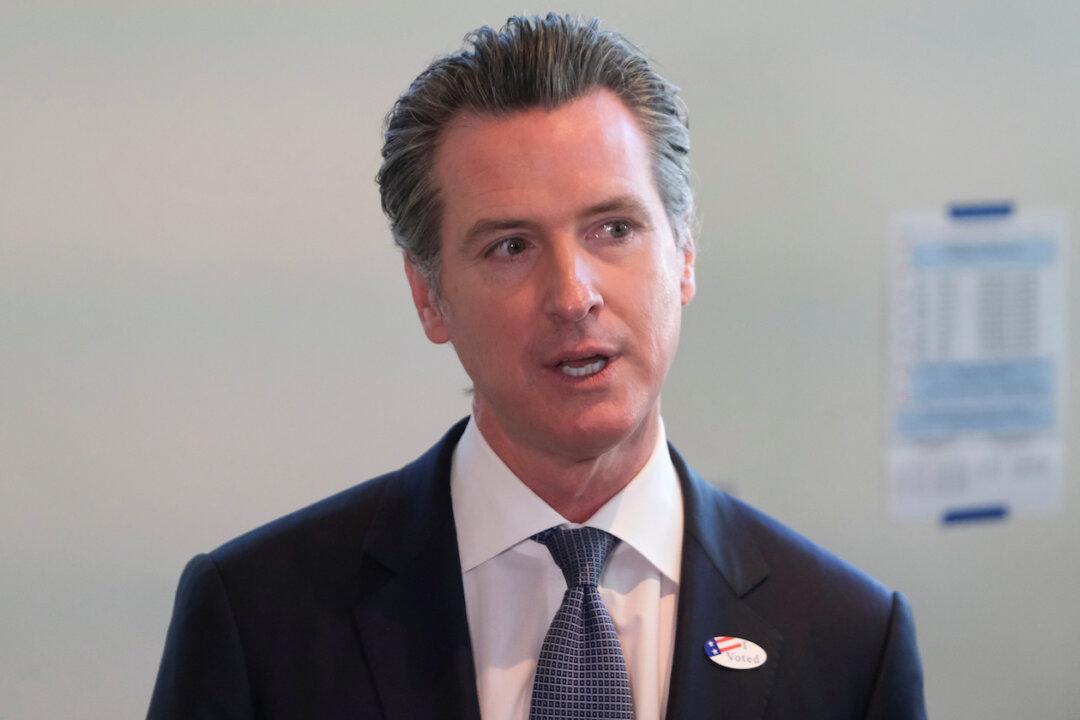California’s governor Gavin Newsom on Tuesday outlined six key indicators to guide how and when the golden state will reopen for business as it begins to recover from the COVID-19 pandemic. However, even as lockdown measures are set to be lifted, Newsom said that life would be “anything but” normal.
Mass gatherings that involve hundreds of people, such as major sporting events, community events, or concerts, will likely still be banned at least through summer, and people may need to wear face coverings in public for months, he said on Tuesday.




